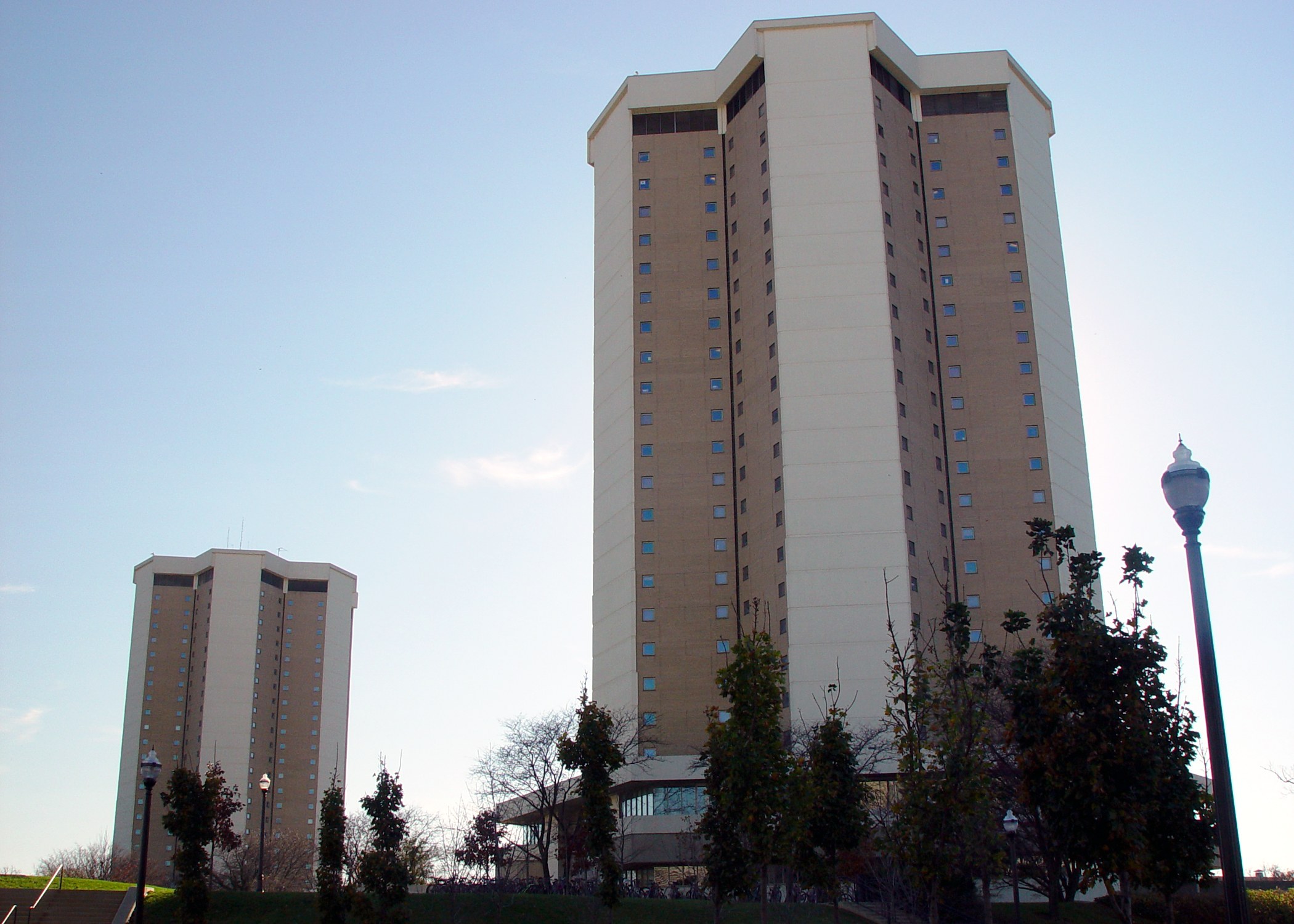Fault Detection And Diagnostics Software Has Potential To Save Energy
September 22, 2014
Today's tip from
Building Operating Management comes from Jim Sinopoli of Smart Buildings LLC: Fault detection and diagnostics software has the potential to save energy from HVAC systems.
There are now several types of software analytics tools and applications to help analyze building data. But the one with the best-verified results and cost effectiveness is known as fault detection and diagnostics.
Fault detection and diagnostics, like other analytic software tools related to building systems, primarily supports technicians and engineers in the field who are dealing with both everyday operational matters and details of building operations as well as broader issues of complicated systems, advanced technology and higher expectations for building performance. The fault detection and diagnostics analytic tools provide insights into building systems that help reduce energy consumption, improve building performance and lower costs.
Fault detection and diagnostics does just what its name implies: It finds problems within HVAC systems and offers guidance about solving those problems.
It's a challenge to keep a significant, energy consuming system such as HVAC running at optimal performance. Many times failures or sub-optimal performance go unnoticed for long periods of time. Case studies from companies selling fault detection and diagnostics software services can show energy savings in the 10 percent to 15 percent range; the tools are said to have the capability to correctly identify faults and spell out the primary response 95 percent of the time.
Software based on fault detection and diagnostics is really a new class of tool for facility managers, providing them nearly real-time analysis and diagnostics of their HVAC systems and adding some "smarts" to a smart building. It's not difficult to imagine similar tools for other building systems, with the potential for enhanced intelligence built into tools for facility management.
This has been a
Building Operating Management Tip of the Day. Thanks for listening.
Next
Read next on FacilitiesNet








